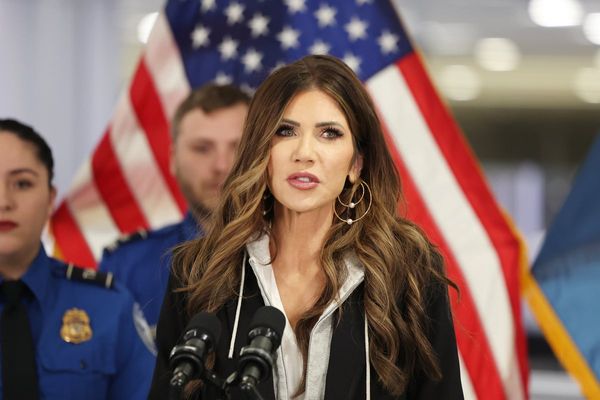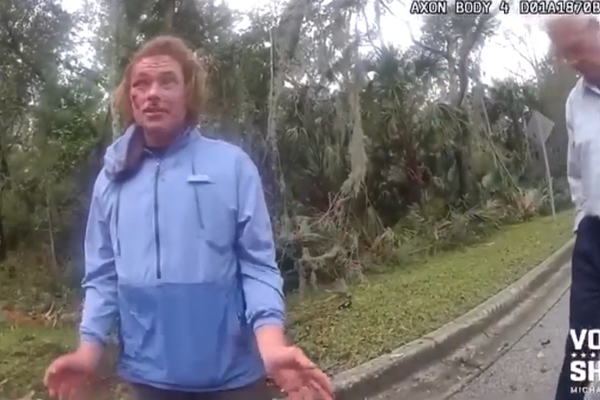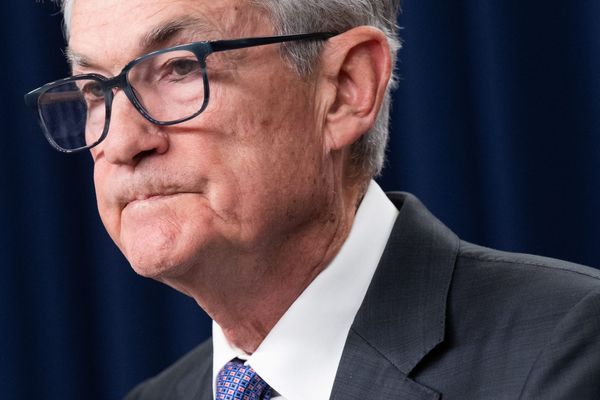
The winner is clear in most House of Representatives seats, one week after the election. But with a record number of votes for minor parties and independents, Australia’s preferential voting system has been under increasing strain, with the full complexity of the counting system needed to determine the last few seats.
One seat, Calwell, may take weeks to determine and has been described by the acting deputy commissioner of the Australian Electoral Commission (AEC) as “one of the most complex distributions of preferences we’ve ever done”.
The House of Representatives electoral system involves a series of rounds of counting. The lowest-polling candidate is knocked out first, and their preferences are distributed among the other candidates, adding to their total vote. The same happens with the next lowest-polling candidate, and so forth.
Eventually you are left with two candidates, one of which has a majority of votes. But those are not necessarily the two that receive the most primary votes – where some candidates are very close on primaries, the preferences of eliminated candidates can change the picture as the count unfolds.
The final distribution of preferences usually happens long after the gaze of public attention has moved on, with the winners already clear. The AEC picks the two candidates likely to come first and second, and on election night it distributes all preferences between those two. Usually the commission gets it right, and those results can be called very quickly.
But the increasing presence of minor parties and independents polling a substantial share of the vote has made it harder to work out which candidates will end up as the top two, and in a number of seats it remains unclear after election day.
In the Victorian seat of Calwell, Labor’s Basem Abdo won 30.6% of the primary vote, with the Liberal candidate second on 15.6%. If this was a standard Labor-Liberal contest, Abdo would win comfortably with 66% after preferences.
But that may not be the result. There are two independents not far behind the Liberal on the primary vote, with 12.1% and 11.3% respectively. Then there are a further nine candidates with over 30% of the vote between them.
It is entirely possible that one of those two independents will gain enough preferences to overtake the Liberal candidate and make the final two, but we don’t know which one. We also don’t know how they would perform in a head-to-head race against Abdo. The full distribution of preferences cannot commence until all postal and absentee votes are returned next week.
The AEC’s acting deputy electoral commissioner, Kath Gleeson, said of Calwell: “That’s going to go to a complete distribution of preferences, and we anticipate that’s going to be one of the most complex distribution of preferences we’ve ever done.
“I fully expect that will go well into week five depending on how we track through. We’ll have absolute guns on that count given the complexity.”
Calwell – with four candidates still capable of finishing in the top two – is an extreme outlier in this election, but there are numerous other seats where the order of the top three remains unclear. To help clarify matters, the AEC has begun conducting “three-candidate-preferred” (3CP) counts, where all preferences are allocated between the top three candidates. The AEC used this process for the first time in 2022 in just two seats. This time around it has needed to apply it in at least 10 electorates.
In the Queensland seat of Ryan, the Greens MP Elizabeth Watson-Brown was leading her Labor rival for second place on the 3CP by less than 700 votes as of Tuesday morning. Whichever candidate makes the top two will then gain the other’s preferences and easily win the seat over the LNP.
In the seats of Flinders, Fisher and Grey there is still uncertainty about whether Labor or an independent will make the top two against the Liberal. If the independent comes second there is a chance they could win, although they would need an exceptionally strong flow of preferences from Labor. If Labor comes second, the Liberal will win.
There is only one seat uncalled due to a close race between just two candidates: Longman in south-east Queensland, where the sitting LNP member was less than 200 votes ahead on Tuesday, with a few thousand special votes left to be counted.







